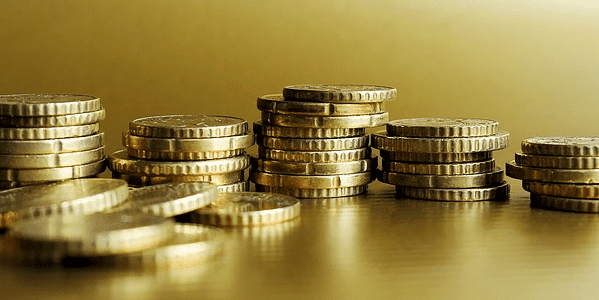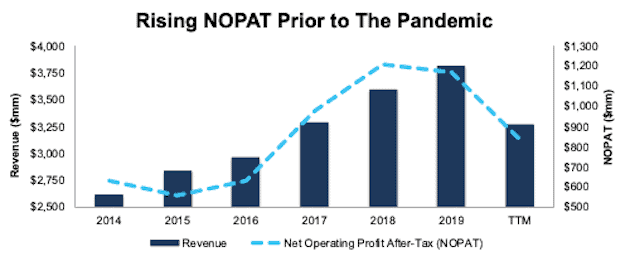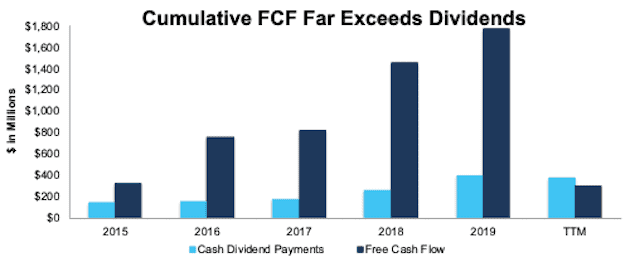Nine new stocks make our Safest Dividend Yields Model Portfolio this month, which was made available to members on January 21, 2021.
Recap from December’s Picks
On a price return basis, our Safest Dividend Yields Model Portfolio (+4.2%)outperformed the S&P 500 (+3.0%) by 1.2% from December 23, 2020 through January 19, 2021. On a total return basis, the Model Portfolio (+4.7%) outperformed the S&P 500 (3.0%) by 1.7% over the same time. The best performing large cap stock was up 18% and the best performing small cap stock was up 14%. Overall, 7 out of the 20 Safest Dividend Yield stocks outperformed their respective benchmarks (S&P 500 and Russell 2000) from December 23, 2020 through January 19, 2021.
The best fundamental data in the world, proven in The Journal of Financial Economics, drives our research. Our proprietary Robo-Analyst technology[1] scales our forensic accounting expertise (featured in Barron’s) across thousands of stocks[2] to produce an unrivaled database of fundamental data.
This Model Portfolio only includes stocks that earn an Attractive or Very Attractive rating, have positive free cash flow and economic earnings, and offer a dividend yield greater than 3%. Companies with strong free cash flow provide higher quality and safer dividend yields because we know they have the cash to support the dividend. We think this portfolio provides a uniquely well-screened group of stocks that can help clients outperform.
Featured Stock for January: Comerica Inc. (CMA: $57/share)
Comerica Inc. (CMA) is the featured stock in January’s Safest Dividend Yields Model Portfolio.
Comerica has grown revenue by 2% compounded annually and net operating profit after tax (NOPAT) by 20% compounded annually over the past ten years, per Figure 1. Even accounting for the large drop over the trailing twelve months (TTM), TTM NOPAT remains over four times higher than 2009. Comerica’s NOPAT margin increased from 6% in 2009 to 26% TTM, while its invested capital turns improved from 0.33 to 0.36 over the same time. Rising margins and invested capital turns drive Comerica’s return on invested capital (ROIC) from 2% in 2009 to 9% TTM.
The firm’s economic earnings, or the true cash flows of the business, rose from -$535 million in 2009 to $218 million TTM.
Figure 1: NOPAT & Revenue 2014 - TTM
Sources: New Constructs, LLC and company filings
Cash Flow Supports Dividend Payments
Comerica has paid a dividend every year since 1997. The firm increased its dividend payments from $0.83/share in 2015 to $2.72/share in 2020, or 27% compounded annually. The current quarterly dividend, when annualized provides a 4.8% dividend yield.
Comerica’s dividend payment is supported by the firm’s strong free cash flow (FCF). Comerica generated $5.1 billion (65% of current market cap) in FCF while paying $1.1 billion in dividends from 2015 to 2019, per Figure 2.
Figure 2: Comerica’s FCF vs. Dividends Since 2015
Sources: New Constructs, LLC and company filings
Companies with strong FCF provide higher quality dividend yields because we know the firm has the cash to support the dividend. On the other hand, dividends from companies with low or negative FCF cannot be trusted as much because the company may not be able to sustain paying dividends.
CMA Is Undervalued
At its current price of $57/share, CMA has a price-to-economic book value (PEBV) ratio of 0.6. This ratio means the market expects Comerica’s NOPAT to permanently decline by 40%. This expectation seems overly pessimistic given that Comerica has grown NOPAT by 20% compounded annually over the past decade.
Even if Comerica’s margin falls to 20% (average since 1998, compared to 26% TTM) and the firm grows revenue by less than 1% compounded annually over the next decade, the stock is worth $79/share today – a 39% upside. See the math behind this reverse DCF scenario. This scenario results in the firm’s NOPAT falling by 4% compounded annually over the next decade. Should the firm do better, the potential upside is even greater.
Critical Details Found in Financial Filings By Our Robo-Analyst Technology
Fact: we provide superior fundamental data and earnings models – unrivaled in the world.
Proof: Core Earnings: New Data & Evidence, forthcoming in The Journal of Financial Economics.
Below are specifics on the adjustments we make based on Robo-Analyst findings in Comerica’s 10-Qs and 10-K:
Income Statement: we made $384 million of adjustments with a net effect of removing $22 million in non-operating income (<1% of revenue). See all adjustments made to Comerica’s income statement here.
Balance Sheet: we made $3.1 billion of adjustments to calculate invested capital with a net increase of $1.5 billion. The most notable adjustment was $776 million (11% of reported net assets) related to goodwill. See all adjustments to Comerica’s balance sheet here.
Valuation: we made $1.4 billion of adjustments with a net effect of decreasing shareholder value by $219 million. The largest adjustment to shareholder value was $576 million in overfunded pensions. This adjustment represents 7% of Comerica’s market value. See all adjustments to Comerica’s valuation here.
This article originally published on January 28, 2021.
Disclosure: David Trainer, Kyle Guske II, Alex Sword, and Matt Shuler receive no compensation to write about any specific stock, style, or theme.
Follow us on Twitter, Facebook, LinkedIn, and StockTwits for real-time alerts on all our research.
[1] Harvard Business School features our research automation technology in the case Disrupting Fundamental Analysis with Robo-Analysts.
[2] See how our models and financial ratios are superior to Bloomberg and Capital IQ’s (SPGI) analytics in the detailed appendix of this paper.


